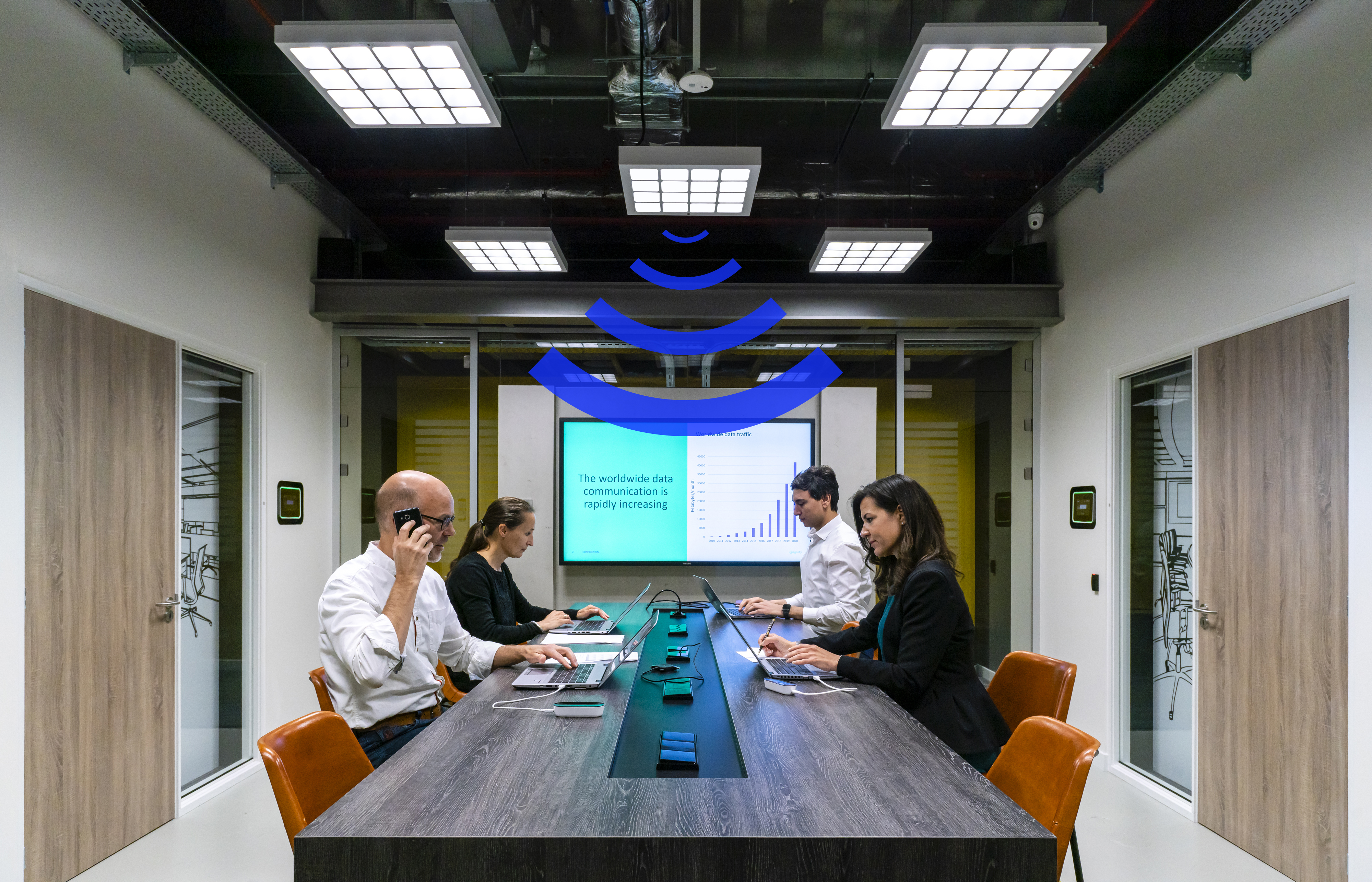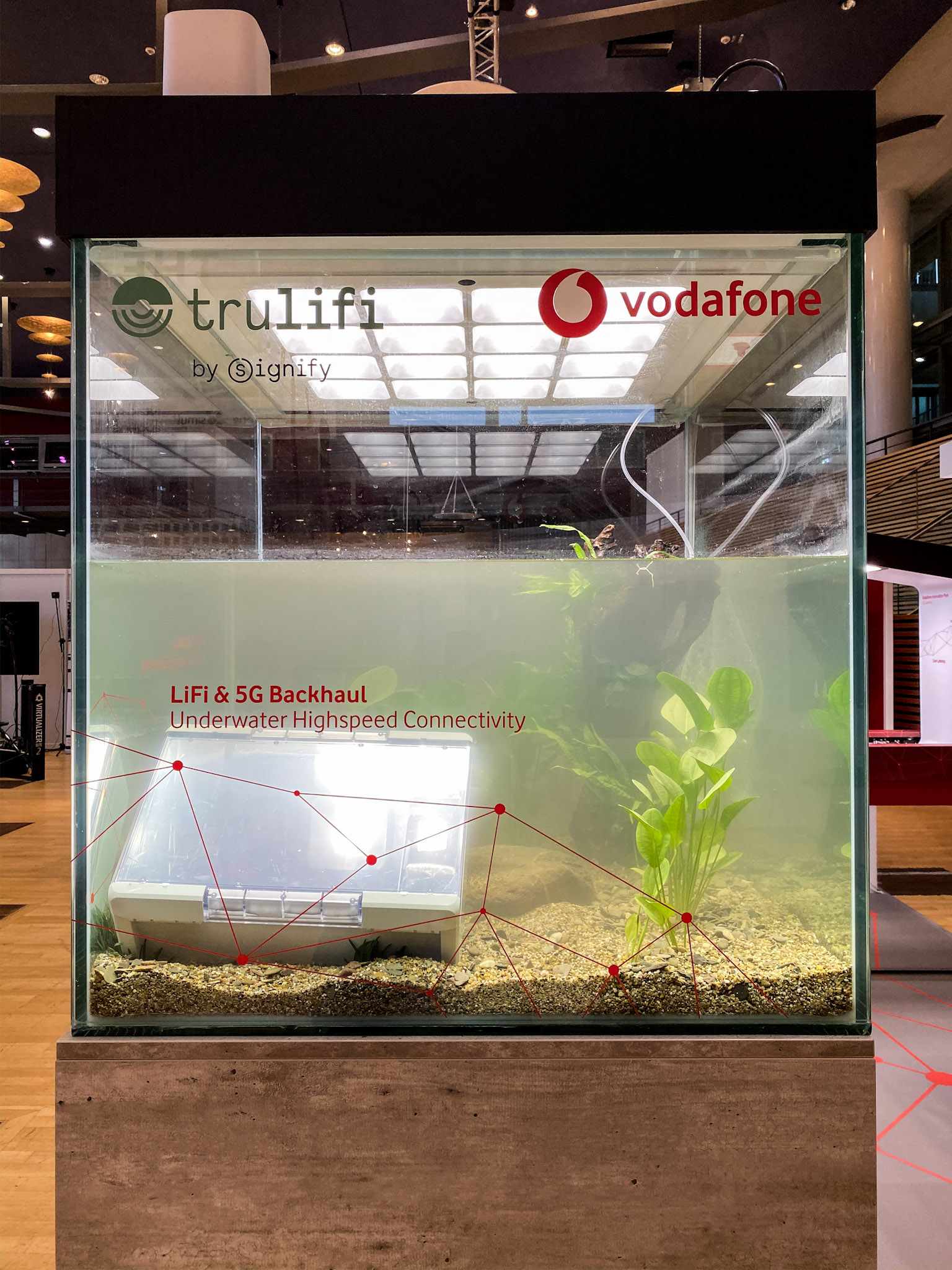Using light to transmit data is no longer the future. Vodafone is joining force with Signify to integrate 5G and LiFi to provide high speed and broadband connectivity. The collaboration aims to develop applications, use cases and solutions that deliver secure and reliable two-way wireless communication at speeds well beyond traditional wireless technologies such as Wi-Fi and Bluetooth.

(Image: Signify)
Vodafone in Germany said it was the first company to bring Germany into the 5G era and is combining telecommunications and lighting to push further innovations. The two companies will explore and develop ways in which LiFi technology in local networks will be used in conjunction with 5G, so that Vodafone and other customers can benefit even more than before from the speed of those new technologies.
The combination of 5G and LiFi offers advantages for industrial customers and the Internet of Things. It enables reliable and secure high-speed wireless communication with low latency in areas where certain radio frequencies are performing poorly due to critical environments or when wireless communications are not allowed at all due to safety regulations. In addition, fault-tolerant systems and services are better equipped to withstand network outages - the two communication technologies can be ubiquitous through inter-system handovers.

(Image: Signify)
Also conceivable are applications in autonomous driving where vehicle-to-vehicle (V2V) and vehicle-to-infrastructure (V2X) networks enable direct communication between vehicles and the environment in order to increase safety and comfort in road traffic. The basis for connecting devices, machines and vehicles is a fixed point-to-point network that acts as a "wireless cable" and complements the Trulifi range.













